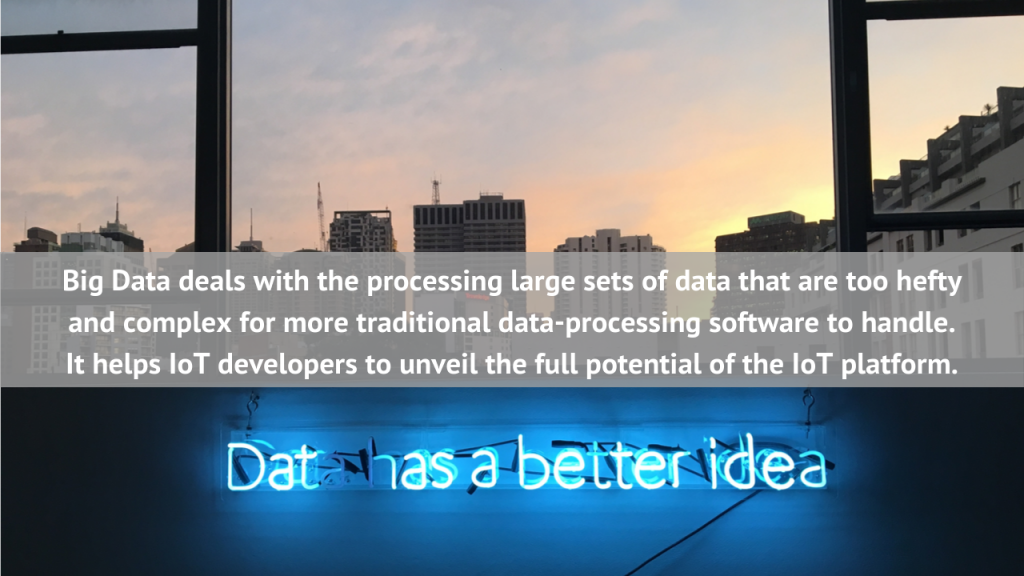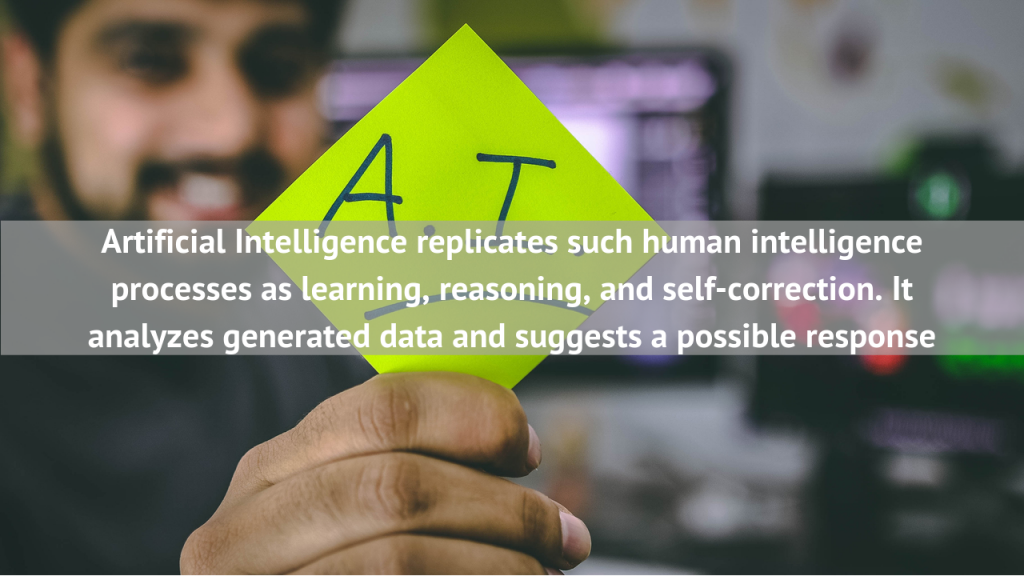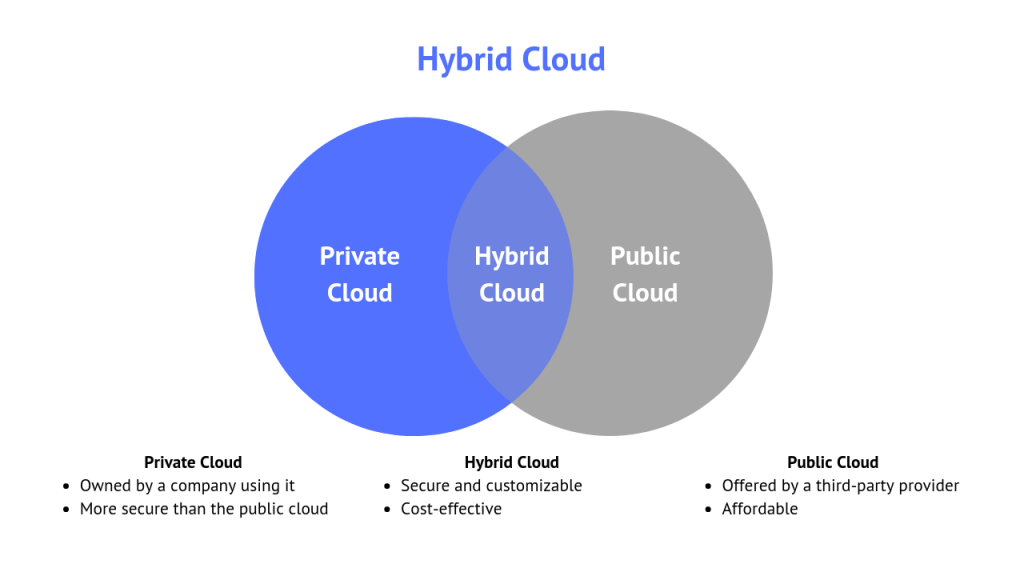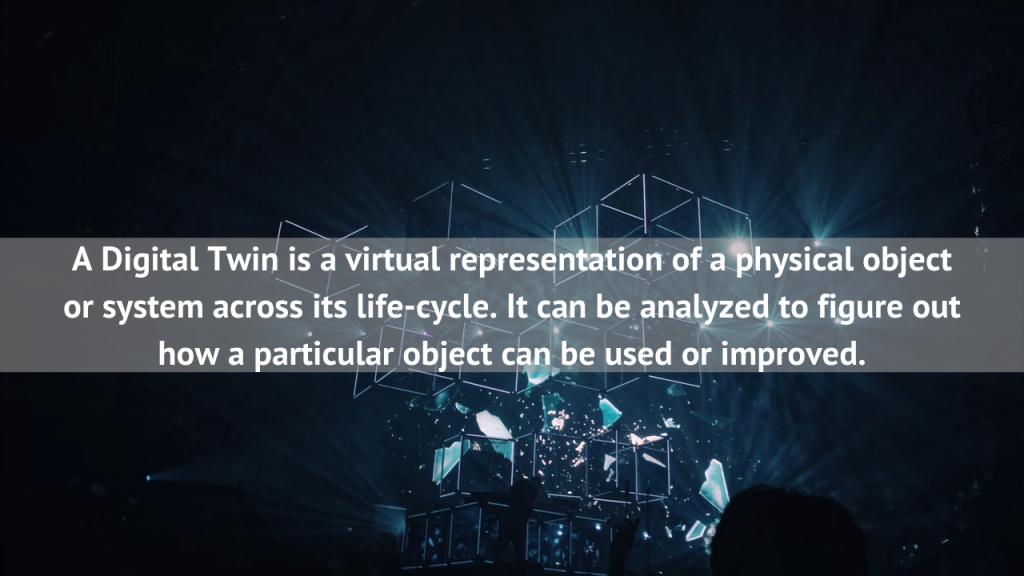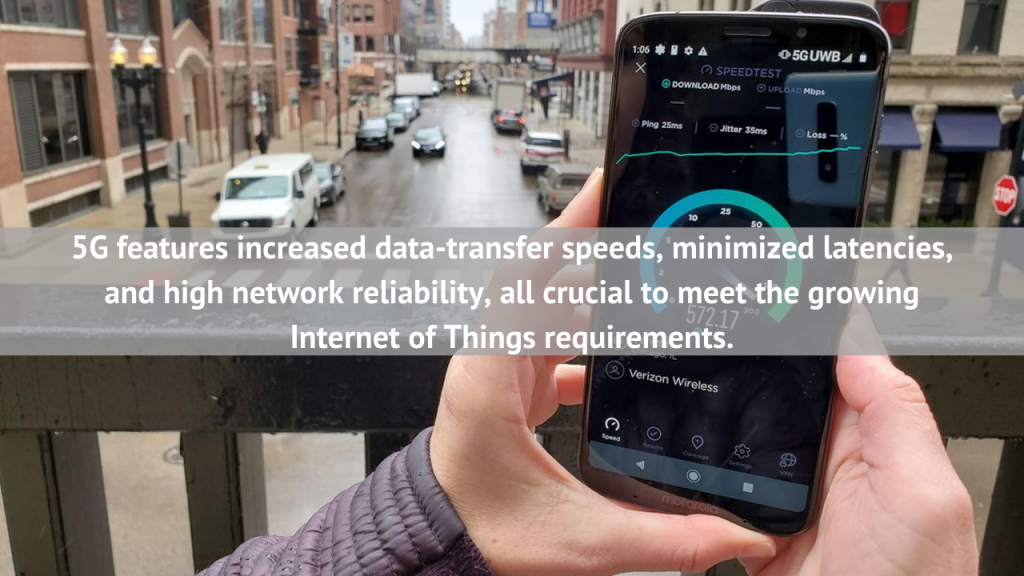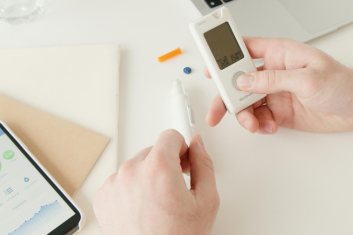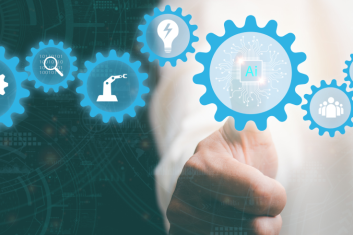The pace at which IoT systems are being adopted is impressive: as Gartner predicts, by 2020 there will be 20.6 billion connected devices, compared with just 8.4 billion in 2017. That’s all thanks to various new technologies that are contributing to connected infrastructure.
Let’s review the tech that boosted the expansion and development of the Internet of Things projects in 2019.
Big Data
Big Data is the sphere of technology that deals with analyzing, processing, and extracting information from large sets of data that are too hefty and complex for more traditional data-processing software to handle.
Now, we are starting to use IoT devices almost everywhere, from industrial facilities and warehouses to stores and in our homes. With more and more locations embracing the Internet of Things technologies, the number of devices that generate data continues to grow.
Large volumes of data may become a real burden for data centers, slowing down the processing rate and their response to commands.
Big Data helps ensure that IoT-connected devices stay responsive and customers have a good experience using them. The ability to quickly analyze large amounts of data lets IoT developers unveil the full potential of the Internet of Things platform.
The technology is proving to be especially beneficial to industrial, health-related, and “smart city” IoT, where enormous amounts of data need to be analyzed.
In the case of smart city applications, Big Data can easily process a ton of data from a huge variety of sources: water sensors, transportation sensors, smart home sensors, and many monitoring devices. That lets us manage large bodies of infrastructure efficiently, get the information needed, and respond to it quickly.
Artificial Intelligence
Artificial Intelligence is a simulation of human intelligence by computer systems. The machine replicates such human intelligence processes as learning, reasoning, and self-correction.
AI is moving closer to consumer tech as we speak. In previous years, we have seen AI systems emerging in social media apps, dating websites, content-streaming services, and so on.
This technology is the right fit for the Internet of Things. Implementation of AI allows for making IoT devices almost completely autonomous.
The IoT system can analyze generated data, present it to the user, and suggest a possible response.
Let’s say we have location sensors installed in a “smart home.” If sensors detect that the user has left the house, the IoT system will check to see if there are any lights left on. If there are, the system might go ahead and turn those off.
In the industrial IoT, Artificial Intelligence may investigate the causes of equipment breakdown, suggest repairs and predictive maintenance measures, improve quality control and more.
AI is also a must for self-driving cars. It analyzes data from the surroundings to build routes, steer, park, and respond to unexpected situations, such as children running on the driveway.
Edge Computing
Edge Computing is a distributed computing paradigm. A distributed model of computing means that the data is stored and processed closer to the location where the data is generated.
Instead of analyzing all the data in one centralized place, Edge Computing allows for storing data in micro-centers for processing. Installing such micro-centers near the relevant IoT system lets devices can exchange data faster than they would over the cloud.
This technology may solve several issues IoT is facing currently:
- Security: Edge Computing allows for keeping sensitive information on the IoT device rather than sending it to the centralized cloud. If there is an information leak from the cloud, more sensitive information can remain secure.
- Costs: Some sensors and trackers use a cellular connection to transfer information, which gets expensive if the sensors transfer a lot of data. With Edge Computing, less data is uploaded to the cloud, cutting connectivity costs.
This way, the Internet of Things system is less vulnerable to outages. Also, the speed of data exchange lets the system respond as fast as possible at all times, which is crucial in case of an emergency.
On top of that, Edge Computing promises longer battery life for IoT devices, scalability, and low latency.
Edge Computing features micro-centers, where the data is processed before being uploaded to the cloud.
Vasil Tarasevich
CTO
at HQSoftwareWe have successfully applied Edge Computing to one of our projects. Our client turned to us for a solution to track the location of vehicles in a warehouse and keep tabs on their testing status. Each vehicle had a beacon installed on it, which exchanged information with the Raspberry Pi devices on the walls of the warehouse. Raspberry Pi devices acted like “edges,” where the basic calculations were performed. It allowed us to speed up the data exchange and provide low-latency location and status tracking.
Hybrid Cloud
The “cloud” is often described as a remotely located server that stores data, which is uploaded and can be accessed through the Internet.
Businesses point out the following benefits of using the cloud:
- Efficiency. Having stored data in the cloud, a business relieves itself of the need to install and maintain equipment for data storage.
- Mobility. Cloud storage allows the user to access data from any location that has an Internet connection.
- Data security. The cloud offers security features such as data encryption, access control, and authentication. This way, the cloud administrator can make sure the right people get access to the right data.
- Scalability. The cloud is great for a fast-growing business. If the business needs more storage for its data, it can easily upgrade storage capacity. There is no need to invest in physical infrastructure.
- Disaster recovery. There may be instances when the company computers or other devices get damaged. If the data is stored in the cloud, it can be easily restored. Also, the data loss can be prevented with the help of regular data backups to the cloud.
Now businesses have two major cloud options to choose from:
- Public cloud. This is developed and owned by a third-party provider and can be used by anyone. It is often affordable and easy to set up, but security and customizability are not strong points.
- Private cloud. The difference here is that the cloud is owned by one company. Security is stronger than that of a public cloud but quite expensive.
How can one have the best of both? A Hybrid Cloud is a solution. Hybrid Clouds are a mix of the public and private models, providing improved security and desired flexibility.
A Hybrid Cloud is a mix between a public and private cloud, which has the best features of both solutions.
Digital Twins
A Digital Twin is a digital copy of real-life assets, processes, people, places, systems, and devices that can be used for a variety of purposes. The information is structured and analyzed to figure out how a particular asset can be used or improved. A Digital Twin can also act as a prototype before a physical object is built.
The Digital Twin concept has many applications in various spheres of our lives. For instance, in healthcare, IoT developers can create a digital clone of all the available information about the hospital, its staff, and patients.
Hospital personnel might use a digital twin to coordinate workflows, monitor patients’ conditions remotely, send alerts, keep track of appointments, and more. Such management helps reduce wait times and improve patient flow.
5G
5G is the fifth generation of cellular communication technology. The technology features increased data-transfer speeds, minimized latencies, and high network reliability, all crucial to meet the growing Internet of Things requirements.
5G is still in the stage of deployment, but some regions, like the UK, are already having the chance to test it out.
IoT developers can apply 5G to help IoT systems manage more granular real-time data, in the case of a vehicle fleet, for example, about vehicle health, performance, location, and drivers’ behavior, to make the experience as seamless as possible.
Want to Build an IoT solution?
We are ready to leverage our expertise to get your porject done.
Aleksandra Golik
Head of Sales
at HQSoftware
The emerging technology also brings benefits to infotainment inside the vehicle, enhancing the audio and video streaming capabilities, and AR and VR navigation.
Also, 5G allows collaborative robots to work faster and better. Robots have situational awareness sensors that need fast data transmission speeds to make sure the robots process commands and respond to changing conditions quickly.
Bottom Line
Internet of Things vendors continue to bring tremendous innovation to the technology. We have seen the expansion of known IoT solutions, like Big Data and Artificial Intelligence, as well as the introduction of a completely new communications standard — 5G.
There will be more tech to come that will make the IoT experience even more seamless, accessible and profound.

HQSoftware Founder
Having founded the company in 2001, uses his broad knowledge to drive the company forward. Ready to share his wisdom on software development and technology insights
Related Posts
View All
We are open to seeing your business needs and determining the best solution. Complete this form, and receive a free personalized proposal from your dedicated manager.

Sergei Vardomatski
Founder

